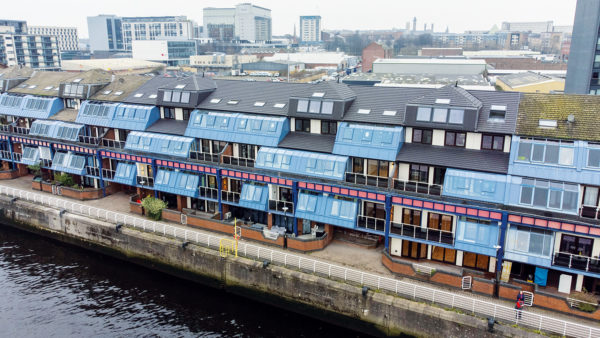
The Chartered Institute of Building (CIOB) has welcomed the publication of the Building Safety Bill but warned that it will not address the real-world challenges facing the construction industry on its own.
The CIOB’s policy team has analysed the Bill following its introduction to the House of Commons earlier this week by housing secretary Robert Jenrick.
The CIOB said it welcomed the publication of the 218-page Bill, which takes forward fundamental reform of the building safety system and addresses issues identified by Dame Judith Hackitt in her independent review of building safety.
It added that it was pleased the government has now formally responded to the findings of the Housing, Communities and Local Government Select Committee’s pre-legislative scrutiny of the bill, published in November 2020. CIOB responded to the Committee’s call for evidence, raising concerns about accreditation, qualifications, insurance, timescales and resourcing.
Meanwhile it welcomed the government’s confirmation of its intention to publish details on key elements of the new regime, as well as a transition plan, which it said would ensure future dutyholders can start preparing and implementing changes for the new regime immediately. The CIOB was also pleased the government has listened to concerns from industry, with further information on the definition of higher-risk buildings, competency provisions and the need for further redress for leaseholders.
But the it warned that the Bill alone will not address the potential real-world challenges the construction industry will face in implementing a new building safety regime. It said questions remain about whether there will be enough qualified individuals to perform the new roles outlined in the Bill, how they will be recruited and trained, and whether or not they will be able to access insurance.
The main features of the Bill include:
- Establishing a new Building Safety Regulator in England to oversee a new, more stringent regime for higher-risk buildings and drive improvements in building safety and performance standards in all buildings.
- Ensuring residents have a stronger voice in the system and establishing additional protections for leaseholders in relation to financing remediation works.
- Increasing access to redress through the Defective Premises Act 1972.
- Driving industry culture change and incentivising compliance.
- Strengthening the Fire Safety Order.
- Providing a stronger and clearer framework for national oversight of construction products.
Further information about the composition of the Bill and CIOB’s work to date can be found in this blog: Understanding the Draft Building Safety Bill.









